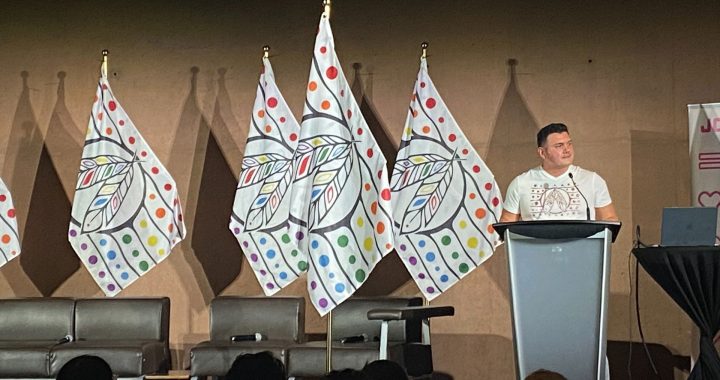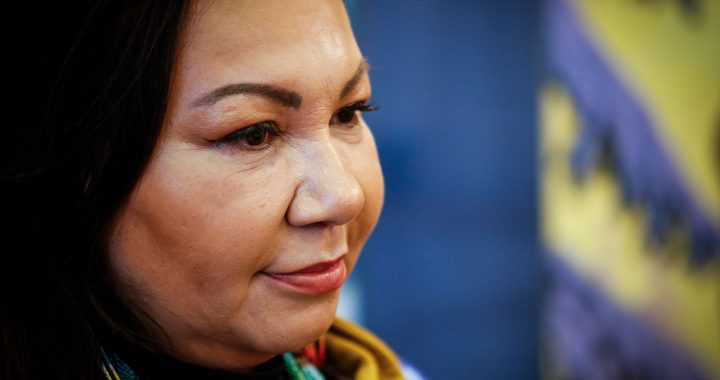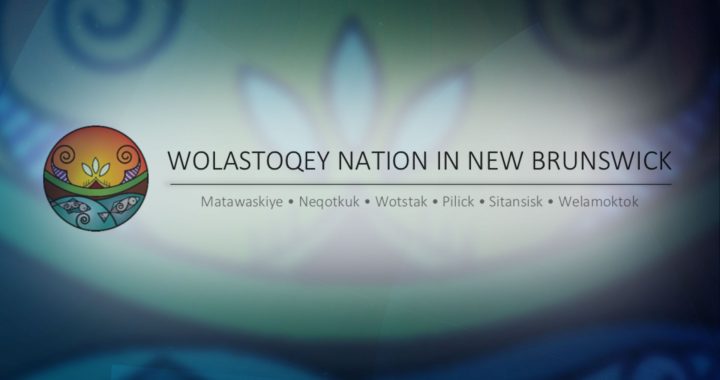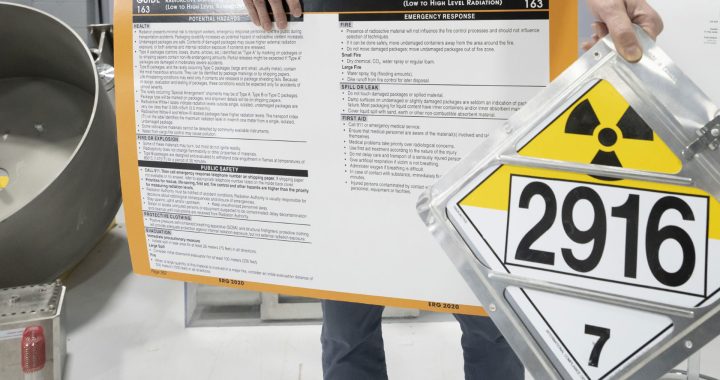By Tim Fontaine
APTN National News
TORONTO–Hundreds of chiefs and potentially thousands of people are expected to descend on Toronto this week for the Assembly of First Nations annual assembly that will decide who will lead the organization for the next three years.
The AFN has a long history acting as the collective voice of First Nations chiefs. It began as the National Indian Brotherhood which was created in reaction to the 1969 White Paper.
Here are some quick facts about the organization which has become, in many cases, the face of First Nations for many Canadians.
- BC has the most possible votes, with 198 chiefs. Followed by ON (126), SK (70), MB (63), AB (45), QC (39), YT (16), NWT (26), NB (15), NS (13), NL (4) and PEI (2).
- There have been ten National Chiefs since the formation of the Assembly of First Nations (then called the National Indian Brotherhood).
- Saskatchewan has produced the most National Chiefs of any province or territory (3). Followed by Manitoba (2), BC (2), Ontario (1), Quebec (1) and Northwest Territories (1).
- There has never been a National Chief from Alberta, New Brunswick, Newfoundland and Labrador, Nova Scotia, Prince Edward Island, Nunavut or Yukon.
- The longest serving National Chief was Phil Fontaine, who held the position for 9 years, a record 3 terms.
- At the 2009 AFN convention in Calgary, voting for National Chief lasted a record 8 ballots, over 23 hours.
- Since 1982, 8 women have run for the office of National Chief but none have been elected.
- In this 2012 election, 4 women are running for the office of National Chief – a record.
- At age 29, Noel Starblanket became the youngest National Chief in 1976.
[email protected]
twitter.com/anishinaboy









